Please, try the next way. But you need to use the column range which you need to be processed, taking care that its first row to be the column headers one:
Sub Hide_visible_duplicate_cells_(procRng As Range)
Dim arng As Range, C As Range, dict As New Scripting.Dictionary
Dim arrMark, colMark As Range, lastC As Long, sh As Worksheet, lastR As Long, i As Long
Const markName As String = "Marker_column"
Set arng = procRng.SpecialCells(xlCellTypeVisible)
If arng Is Nothing Then MsgBox "Not a valid Range": Exit Sub
Set sh = procRng.Parent 'the sheet where the range belongs to
lastR = sh.UsedRange.rows(sh.UsedRange.rows.count).row 'last row OF THE SHEET
ReDim arrMark(1 To lastR, 1 To 1) 'redim the markers array
'determinte the column where the marker to be placed (or it already exists):
Set colMark = sh.rows(procRng.cells(1).row).Find(What:=markName, LookIn:=xlValues, LookAt:=xlWhole)
If Not colMark Is Nothing Then
lastC = colMark.column 'for the case when the marker column exists
Else
lastC = sh.cells(procRng.cells(1).row, sh.Columns.count).End(xlToLeft).column + 1 'next empty column if marker column does not exist
'to correct the last column number, IF LAST COLUMN IS HIDDEN (it MUST HAVE A HEADER):
If sh.cells(procRng.cells(1).row, lastC).Value <> "" Then lastC = lastC + 1
End If
For Each C In arng.cells
If Not dict.Exists(C.Value) Then
If i > 0 Then 'to skip the first cell, which should be on the headers row
dict.Add C.Value, vbNullString 'Keep the first occurrence
arrMark(C.row - procRng.cells(1).row, 1) = "True" 'place the marker for the first occurrence
End If
If C.Value <> "" Then i = i + 1 'for the case of empty cells above the header...
End If
Next C
'place the marker column header, if not already existing:
If colMark Is Nothing Then sh.cells(procRng.cells(1).row, lastC).Value = markName 'place the marker column name, IF NOT EXISTS
If sh.AutoFilterMode Then sh.AutoFilterMode = False 'eliminate the filter, if any
'drop the markers array content:
sh.cells(procRng.cells(1).row + 1, lastC).Resize(UBound(arrMark), 1).Value2 = arrMark
'filter by the marker column
sh.Range(sh.cells(procRng.cells(1).row, 1), sh.cells(sh.UsedRange.rows.count, lastC)).AutoFilter lastC, "True"
End Sub
